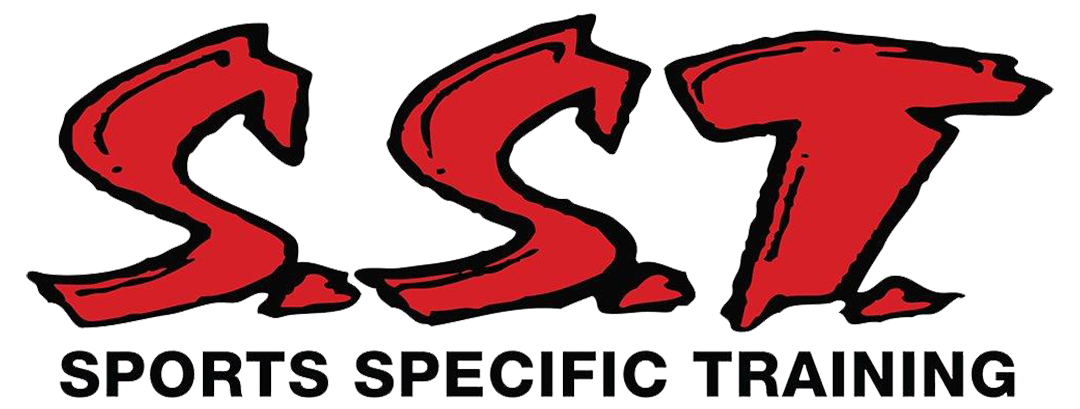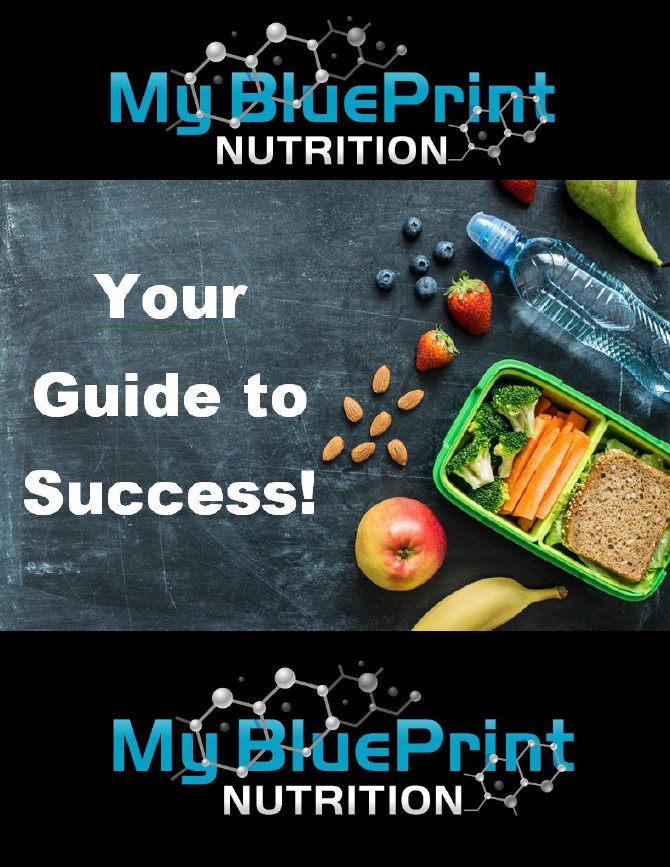Running (Speed) and jumping (Power) are skills necessary for successful performance in sports, and must therefore be prioritized during training. We have previously covered how to increase your speed and vertical jump through training (click here). However, much like the way you look, nutrition will also impact your ability to run faster and jump higher.
An article published in the Journal of Strength & Conditioning Research studied the effects of a 4 week energy restricted diet on sprint & jump performance, body composition, and hormone profiles in elite male track athletes… the results were amazing.
A 25% caloric restriction (750 cal/day; carbs & fats reduced, protein held at 2g/kg/day) combined with regular training resulted in:
- Significant reduction in body mass and fat mass. Athletes lost about 1lb a week.
- Maintenance of lean muscle mass.
- Improved 20m sprint and countermovement jump.
- Unaltered testosterone levels.
How can this be explained?
Increased power-to-weight ratio. Reducing body weight while preserving muscle allows you to still produce the same amount of force but now you have less weight to move around, resulting in faster, more explosive movements!
Taken together, this research further supports what we focus on at SST: getting athletes leaner and stronger to improve their speed and power.
Are you in need of some speed training, or getting ready for your season and feel like you need that extra help….SST will be holding a two week Training camp for speed/power and strength
Please contact me asap as I can only take 10 players for this exclusive camp
Chris Anderi
Head Strength Performance Coach SST Burlington
MSc candidate, Physiology & Nutrition
CSEP-CEP
Chico7@sstcanada.com







